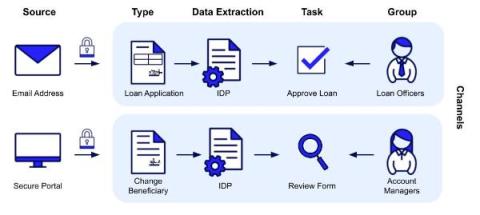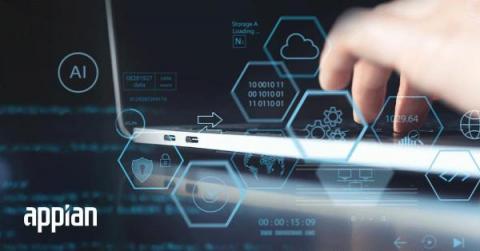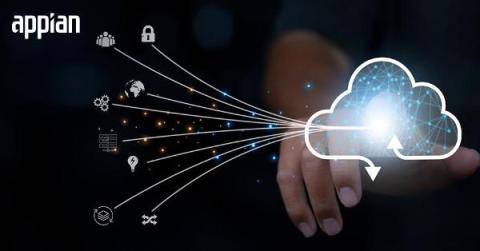Systems | Development | Analytics | API | Testing
Appian
Want to Succeed in the AI Economy? Embrace AI Workflow Automation
7 Changes Financial Institutions Will See in 2024
Accelerate Casework with an In-App Editing Tool in Case Management Software
Where's RPA headed in 2024? 6 Predictions
4 AI Privacy Issues-and How to Combat Them
Artificial intelligence is changing the world. With use cases ranging from content generation to deep data analysis to detecting health issues, AI can greatly improve lives and enhance business outcomes. And with the explosion of generative AI services and large language models, we can expect AI to become even more ubiquitous than it already is. But AI isn’t perfect. In particular, AI privacy issues put organizations at risk or prevent adoption in the first place.
Improve Adoption of Government Acquisition Systems with a Great UI
At most federal government agencies, acquisition teams are understaffed and overworked. They have open positions that they can’t seem to fill. And their acquisition “systems” aren’t helping matters. Rather than working with one integrated government acquisition system, many agencies rely on separate applications that each perform one function. And the applications don’t communicate with each other or integrate with the financial system.
8 AI Automation Examples: A Strategic Roadmap to Transform Your Business
AI automation is changing the game in business operations. For many companies, global competition is heating up fast on an increasingly crowded playing field. In the past, business leaders knew their competitors and how they operated. But now, executives across industries have to look over their shoulders for new challengers that arrive with surprising speed from virtually any corner of the globe.
The 4 Defining RPA Trends to Watch in 2024
In 2024, the robotic process automation (RPA) market will shift due to four major trends. These include (you guessed it) artificial intelligence’s effect on RPA, shifts in the market landscape, changes to RPA’s place in the larger automation landscape, and new data management methods.
Become More Efficient with These 6 Applications of AI
Businesses are in a persistent productivity slump that could last through 2030, according to a 2023 World Bank study. The tech boom that powered innovation and growth over the last three decades is fading. Many companies are counting on artificial intelligence (AI) to boost operational efficiency and counteract these alarming trends.










